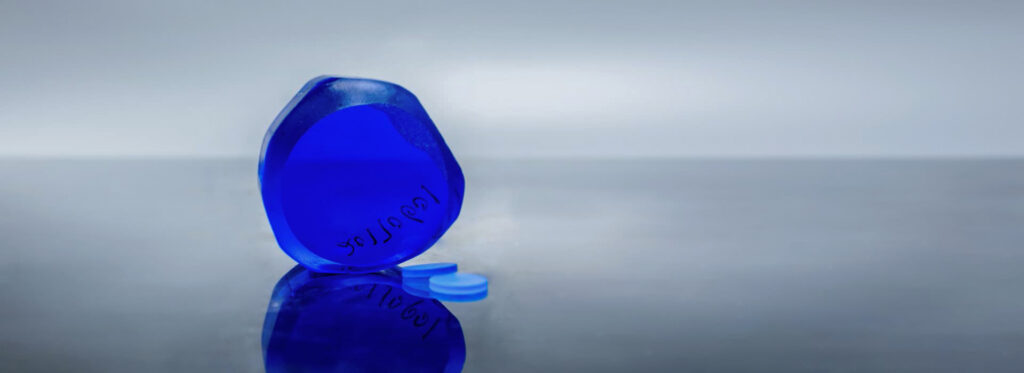I. Introduction
Passive Q-switched lasers have been integral to a plethora of applications, ranging from medical procedures to materials processing, scientific research, and defense technologies. At the core of these lasers are Passive Q-switched crystals. This paper will provide a comprehensive guide on five commonly used types: Co:MgAl2O4, V:YAG, Cr:YAG, Cr:YSO, and Cr:GSGG. Each of these crystals will be thoroughly examined in terms of their advantages, disadvantages, and appropriate laser applications.
Co:MgAl2O4 (Cobalt-doped Spinel)
Co:Spinel has become a popular choice as a passive Q-switch due to its broad absorption band and its ability to operate over a wide temperature range. These characteristics make it ideal for use in a variety of conditions and applications, extending from military and defense to research and industrial applications. However, it is necessary to note that its damage threshold is lower compared to some other crystals, which might limit its utility in high-power laser systems.
V:YAG (Vanadium-doped Yttrium Aluminum Garnet)
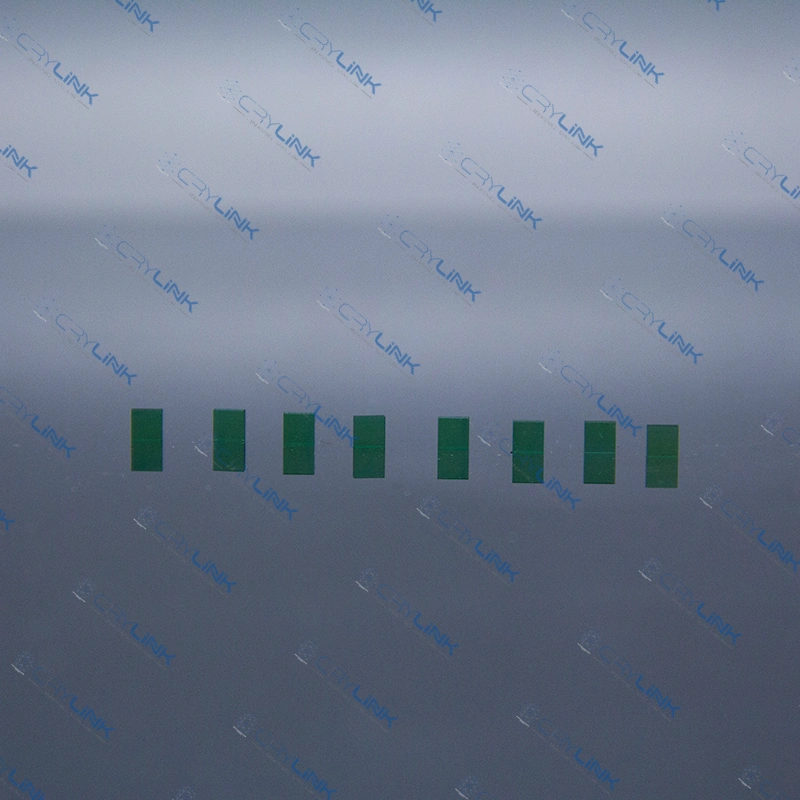
V:YAG distinguishes itself with its remarkable chemical stability and high damage threshold. This high damage threshold allows it to handle high energy densities, making it well-suited for use in high-powered laser systems. Furthermore, its chemical stability adds an extra layer of durability, making it ideal for usage in harsh environmental conditions commonly encountered in defense and industrial applications. However, one of its limitations is the relatively narrow absorption band, which may limit its versatility in systems requiring a broad operational wavelength.
Cr:YAG (Chromium-doped Yttrium Aluminum Garnet)
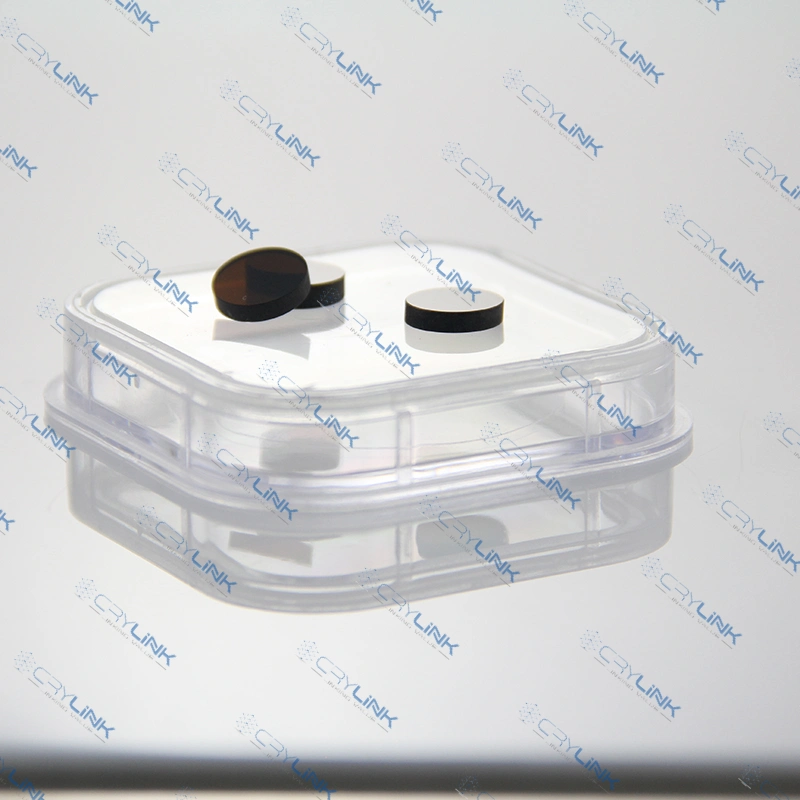
Cr:YAG is known for its ability to withstand high temperatures, making it a versatile choice for different laser systems. It finds applications in various fields, ranging from scientific research to medical treatments. Additionally, it possesses a large absorption cross-section, which enables efficient energy transfer. However, its absorption peak is lower than some other crystals, which might limit its efficiency in specific systems.
Cr:YSO (Chromium-doped Yttrium Orthosilicate)
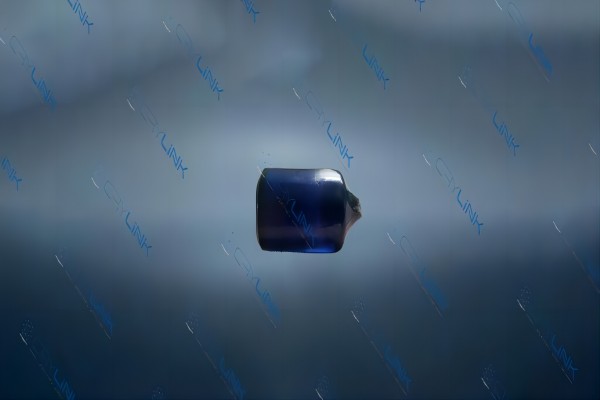
With a broad absorption band and a high damage threshold, Cr:YSO is particularly suited for diode-pumped or lamp-pumped Nd:YAG lasers. This makes it common in many medical and manufacturing applications. The crystal also features good thermal properties and low lasing threshold, adding to its popularity. However, its relatively higher cost and growing challenges in perfecting its synthesis may limit its widespread use.
Cr:GSGG (Chromium-doped Gadolinium Scandium Gallium Garnet)

Cr:GSGG offers a wide absorption spectrum and high efficiency, making it an excellent candidate for high-power lasers. Its thermal properties and high optical quality ensure stable operation over extended periods, making it a popular choice in research facilities. Despite these advantages, the crystal’s cost and sensitivity to thermal shock may limit its usage in applications requiring prolonged exposure to high thermal loads.Cr:GSGG offers a wide absorption spectrum and high efficiency, making it an excellent candidate for high-power lasers. Its thermal properties and high optical quality ensure stable operation over extended periods, making it a popular choice in research facilities. Despite these advantages, the crystal’s cost and sensitivity to thermal shock may limit its usage in applications requiring prolonged exposure to high thermal loads.
VII. Comparison and Applications
The choice of passive Q-switched crystal significantly influences the performance of a laser system, as each crystal carries unique properties that impact their interaction with light and overall effectiveness.
Co:MgAl2O4 (Cobalt-doped Spinel)
Cobalt-doped Spinel, also known as Co:MgAl2O4, is lauded for its broad absorption band that spans from 600 to 900 nm. This breadth offers a level of versatility that finds its use in lasers that operate at multiple wavelengths. Its wide operational temperature range (-180°C to 250°C) adds another layer of adaptability, making it suitable for extreme environments, such as space or harsh industrial conditions. Its primary limitation lies in its lower damage threshold, which curtails its suitability for high-power laser systems.
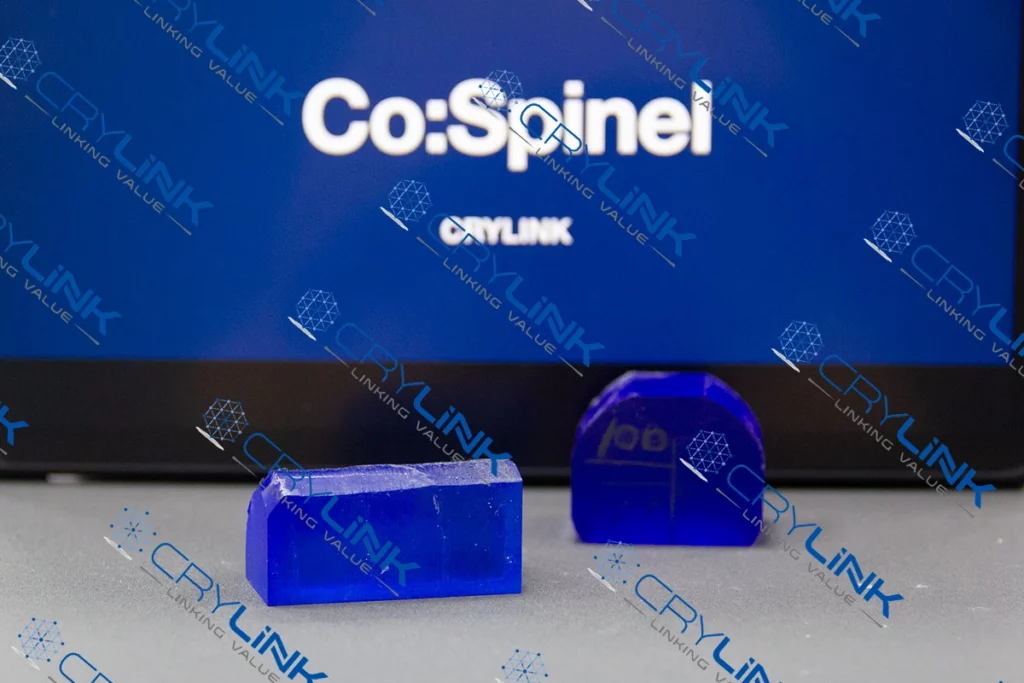
V:YAG (Vanadium-doped Yttrium Aluminum Garnet)
V:YAG is renowned for its chemical stability and high damage threshold. It possesses an absorption band spanning from 1060 to 1440 nm, enabling it to absorb and hold more energy before lasing. This makes it a perfect fit for high-powered laser systems. Its robustness allows it to operate under severe conditions, making it a preferred choice for defense and industrial applications. However, its narrow absorption band may limit its use in systems requiring a broad operational wavelength.
Cr:YAG (Chromium-doped Yttrium Aluminum Garnet)
Cr:YAG stands out due to its high temperature endurance. Its absorption band ranges from 900 to 1200 nm. This wide band and high-temperature resistance make it applicable in a plethora of settings, including scientific research and medical treatments. However, it features a lower absorption peak compared to some other crystals, making it less efficient in systems demanding high energy transfer.
Cr:YSO (Chromium-doped Yttrium Orthosilicate)
Cr:YSO offers a broad absorption band from 900 to 1100 nm and has a high damage threshold. Its thermal properties make it suitable for high power and high repetition rate lasers. This advantage has led to its use in a variety of industries, including manufacturing and medical applications. Nonetheless, its synthesis process is complex and challenging, leading to a relatively higher cost compared to other crystals.
Cr:GSGG (Chromium-doped Gadolinium Scandium Gallium Garnet)
Cr:GSGG, with a wide absorption spectrum of 950 to 1080 nm and high efficiency, makes it an optimal candidate for high-power lasers. Its excellent thermal properties and high optical quality provide stable operation over prolonged periods. These advantages have driven its use in cutting-edge research facilities. However, it is sensitive to thermal shock and has a high manufacturing cost, which may limit its usage in applications requiring prolonged high thermal loads.
While each crystal has its strengths and weaknesses, it is important to understand that the most appropriate crystal depends on the specific requirements of the laser system. These could be power output, operational wavelength range, durability, temperature resistance, efficiency, or cost considerations. Selecting the optimal crystal involves striking a balance between these factors. Therefore, knowing the properties and capabilities of these crystals is crucial in harnessing the full potential of passive Q-switched lasers.
Conclusion
In conclusion, Co:MgAl2O4, V:YAG, Cr:YAG, Cr:YSO, and Cr:GSGG represent a diverse array of Passive Q-switched crystals, each catering to different needs and applications in the world of laser technology. As the field continues to advance, understanding their unique features and applications is key to harnessing their full potential.
This summary serves as an outline for a comprehensive review. Each section will be expanded to provide further details and real-world examples to illustrate the principles discussed.
Frequently Asked Questions
- What characteristics make Cr:YAG a popular choice in passive Q-switched lasers?
Cr:YAG’s high damage threshold, excellent thermal shock resistance, broad absorption band, superior thermal conductivity, and remarkable mechanical strength make it a popular choice in passive Q-switched lasers. - How does the high saturation flux of V:YAG contribute to its use in lasers?
High saturation flux in V:YAG ensures a strong and consistent light output, making it a reliable choice for laser applications that require continuous and stable emissions. - What unique attributes does Cr:YSO bring to ultra-fast laser applications?
Cr:YSO’s ultra-fast decay time and broad emission bandwidth enable the generation of ultra-fast laser pulses and accommodate a wide spectrum of light, respectively. These features allow for highly versatile and fast-operating laser systems. - Why is Co2+:MgAl2O4 particularly suited for high-energy laser applications?
Co2+:MgAl2O4 has a high damage threshold, allowing it to tolerate high levels of energy without damage, making it particularly suitable for high-energy laser applications. - How does the wide tunability range of Cr:GSGG enhance its adaptability in the laser field?
The wide tunability range of Cr:GSGG allows the crystal to generate laser light across a broad range of wavelengths, enabling it to adapt to a variety of different applications and enhancing its adaptability in the rapidly evolving field of lasers.

Frank
Frank graduated from the University of Shanghai for Science and Technology, majoring in optics. As a technical engineer at Crylink Company, he deeply understands crystal materials and laser components.
Related Video(s) with this Article
Related Product(s) with this Article
Related Application(s) with this Article

